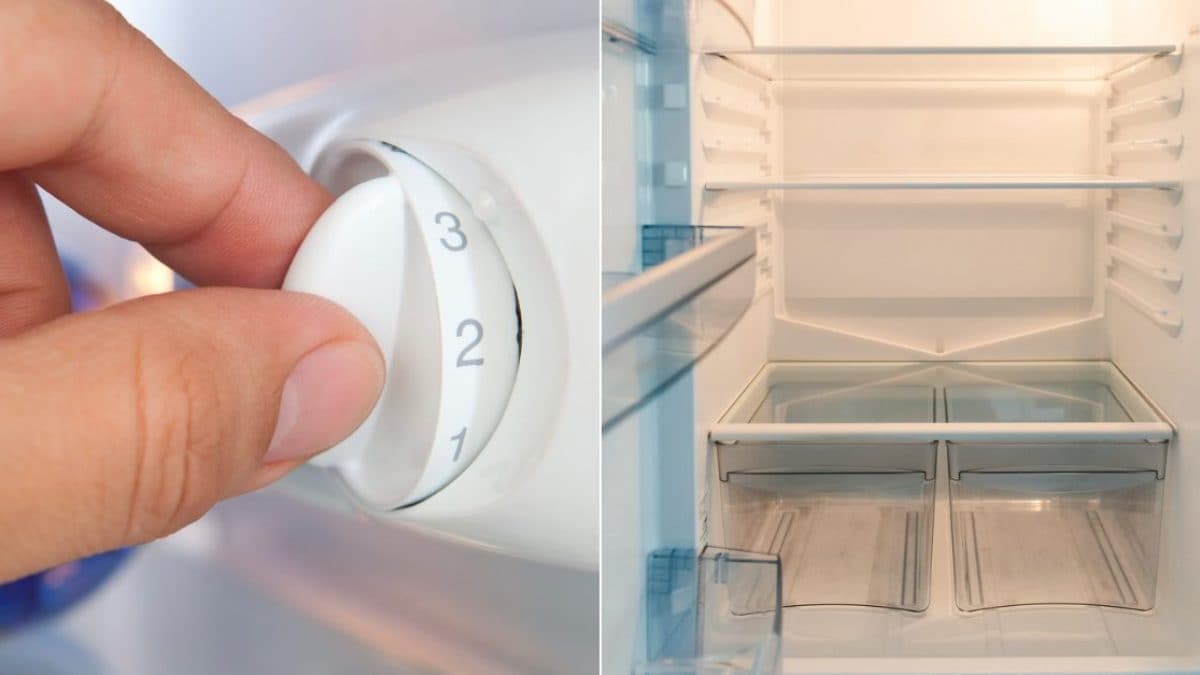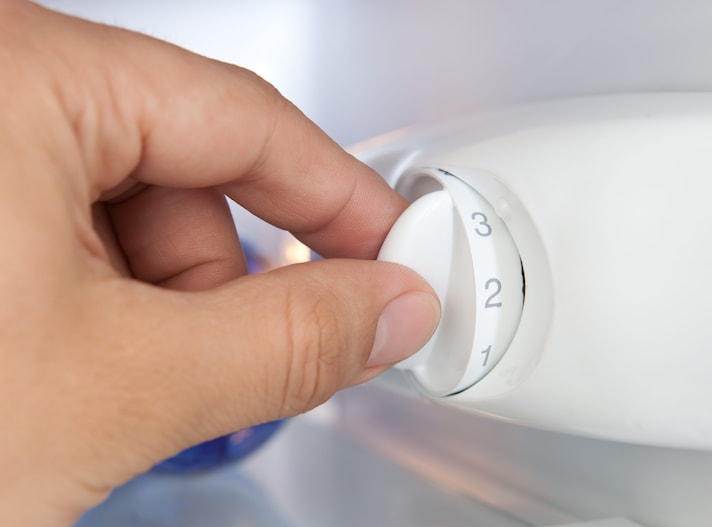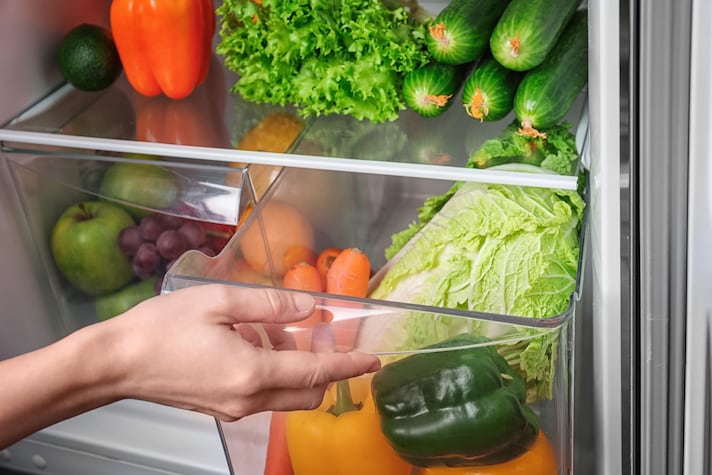
The refrigerator is an irreplaceable household appliance, one of those that marked the beginning of the modern era: today there are ultra-technological refrigerators on the market, even able to talk. But, even before making a high-tech purchase, it is important to know how to best use the refrigerator and above all what is the best temperature to cool your food. There are various reasons: first of all the healthiness of the food, but also a long life of the appliance which, if treated properly, will remain with you for many years.
The Ideal Temperature to Set the Fridge To
According to the FDA's guidelines, the refrigerator should have an internal temperature of 40°F/4-5°C in the central area, with a variable thermal condition based on the different areas. The lower part of the refrigerator is always the coldest, the lateral part, therefore the shelves on the door, is the warmest area, while in the central part the temperature is constant. Food must therefore be placed in the compartments based on their specific conservation needs. Regulation 1060/2010 of the European Commission indicates for domestic refrigerators "an average internal conservation temperature lower than or at most equal to +4°C".

Tips for Using Your Fridge to Its Fullest Potential
To ensure adequate refrigeration, there are several elements to pay attention to. First of all, adequate cleaning of the fridge, done regularly, in order to avoid the formation of condensation that will then generate that annoying water at the bottom. According to a series of rules on what goes in the fridge and what does not, but above all what to store where: the arrangement of food in the fridge, in fact, strongly influences their life. The temperature, in fact, varies depending on the specific areas:
- High shelf. This is the least cold shelf (between 41-46°F/5-8°C), ideal for storing cheese, vacuum-packed cold cuts, yogurt, cooked foods, closed or open cans. Eggs should also be stored on the top shelf of the refrigerator, inside their packaging, or in the special compartment inside the door;
- Middle shelf. This is where you should place opened packages of cold cuts, soups and stews, pasta and cooked meat and various leftovers, including sauces and gravies (temperature between 40-46°F/4-8°C);
- Bottom shelf. The coldest point in the fridge (between 35-41°F/2-5°C), or the shelf above the vegetable drawer: raw meat and fish should be stored here (well sealed in airtight containers), thus preventing them from dripping onto other foods; ideal in general for raw foods;
- Drawer. Here you will find an ideal temperature for storing fresh fruit and vegetables (between 35-41°F/2-5°C) fresh fruit and raw vegetables: these must be wrapped in absorbent paper or in paper bags for food, in order to avoid the formation of humidity and condensation;
- Side doors. The right place to store milk, wine, water, fruit juices, but also butter and sauces. In the refrigerator door (with a temperature that varies between 41-50°F/5-10°C) you can therefore store drinks in general, and all those foods that need a light refrigeration.

Summer or Winter: What's The Difference?
In summer, due to the high outside temperatures, refrigerators tend to cool less, especially if they are located near heat sources, such as stoves, radiators or ovens. To overcome this problem, it is usually recommended to lower the temperature by one degree during the summer: from 23°F/-5°C to 24°F/-4°C. During the winter, the temperature can be raised again by 33°F/1°C: the most modern refrigerators, however, have already set this oscillation by default depending on the outside temperatures.
;Resize,width=767;)
